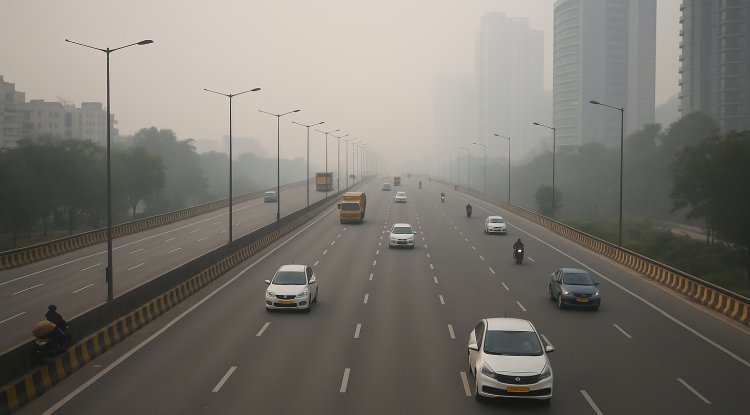Future Models Predict Stronger Monsoon Rains Despite Weaker Winds
New climate study reveals that future South Asian monsoons may bring heavier rainfall despite weaker winds, using paleoclimate data to resolve longstanding contradictions in projections.

Past climate predictions show that the South Asian Summer Monsoon (SASM), an important source of precipitation for over a billion people in the Indian Peninsula, westward Indochina, and south Qinghai-Tibet Plateau, can strengthen late-century precipitation even if monsoon wind circulation weakens. This apparent paradox between rain and wind power has mystified climatologists for centuries, but a recent Chinese Academy of Sciences paper seeks to bridge this gap using insights gained from past warm climates.
The study, published in Nature, investigates the paradox by looking at both geological-age and future times. Researchers examined six climate scenarios: three ancient past (mid-Pliocene, Last Interglacial, and mid-Holocene) and three future ones for 2071–2100. For their analysis, they used multi-model simulations and paleoclimate records to translate how monsoon systems behaved under previous global warming epochs.
Previously, a stronger monsoon system has been associated with stronger wind circulation. But present model runs project the opposite trend. The researchers found that both previously during warm periods and in the future projected by the models, the SASM system had greater rainfall even if the circulation decreased. This new evidence suggests that the behavior of the monsoon in the past can be an excellent model to apply in interpreting current and future change in the monsoon system.
The scientists noticed a consistent pattern for both past and future climates: warmer temperatures led to more atmospheric moisture, which made precipitation stronger. Their findings are grounded on a rule of thermodynamics sometimes described as "wet gets wetter," in which rising temperatures enable the air to hold more water, leading to heavier rainfall. Concurrently, dynamic factors such as changes in thermal differences between sea and land introduced perturbations into wind circulation.
Regionally, the study found that while monsoon trough-like circulation weakened over the Bay of Bengal, it strengthened over the northern Arabian Sea. It is this disparity that explains the irregular distribution of wind intensity and rainfall observed over South Asia. These anomalous circulations are the result of varied land-sea temperature gradient and surface heat flux interactions.
In order to check the credibility of such results, the researchers designed statistical models that blended ancient climate history with modern climate information. When run on high-emissions future scenarios, the models gave high correlation rates of up to 0.8 for rainfall distribution and 0.7 for monsoon circulation patterns, confirming their forecasts across a range of time and geographical locations.
The study underlines the significance of paleoclimate records for the improvement of future climate predictions. By identifying how Earth systems responded to ancient natural warming conditions, scientists are able to advance forecasts on variations to key weather patterns like the South Asian monsoon. Since climate change affects weather patterns and regional water security more strongly by the day, the improvement of monsoon prediction accuracy is among the top agendas.
Given the very important role the SASM plays in agriculture, water availability, and livelihoods in South Asia, it is essential to understand its future trajectory under current global warming. These findings are very relevant inputs for long-term policy planning, disaster mitigation, and resource management in climate-sensitive regions.
Source: Nature
What's Your Reaction?

















